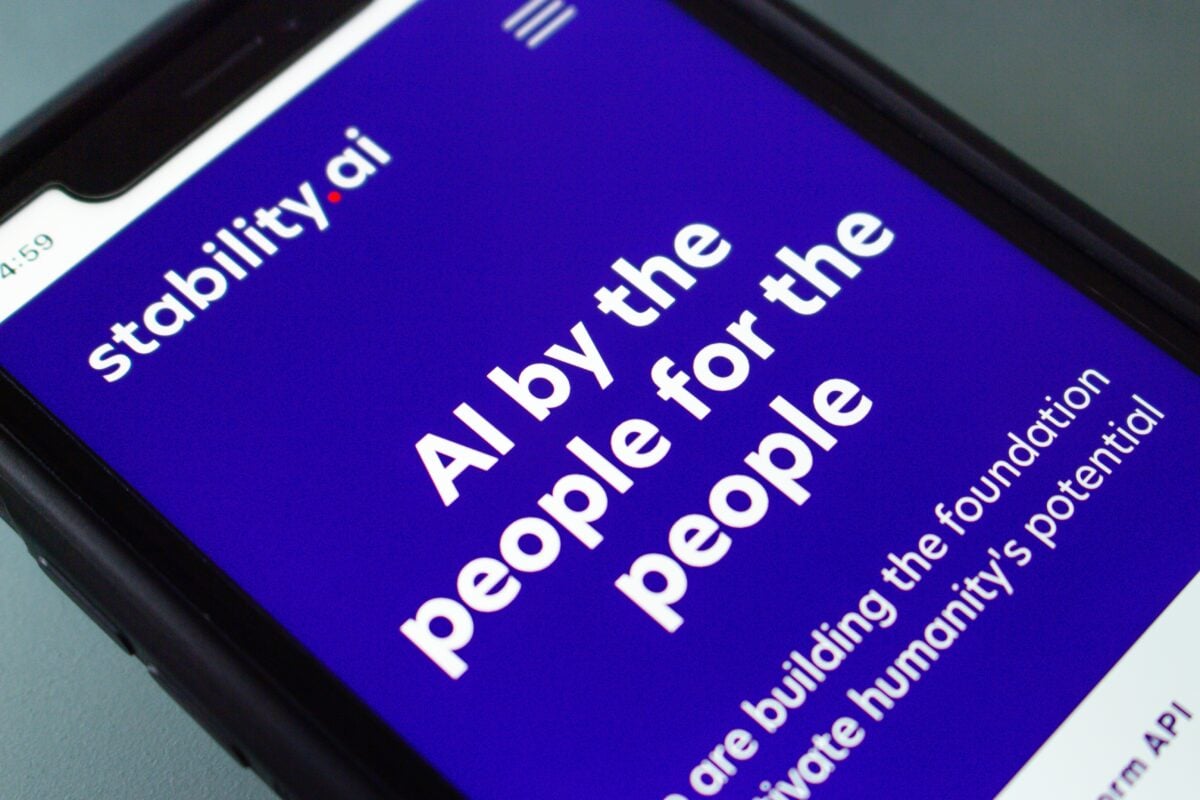TLDRs;
- EA partners with Stability AI to enhance 3D asset creation with generative AI tools.
- The partnership focuses on Physically Based Rendering (PBR) for realistic lighting and texture workflows.
- New tools will allow artists to visualize 3D scenes from text prompts in seconds.
- EA continues its AI-driven innovation while maintaining human oversight for quality and creativity.
Electronic Arts (EA) has entered into a partnership with UK-based artificial intelligence firm Stability AI to revolutionize how in-game assets are created.
The collaboration seeks to enhance the efficiency and realism of game production through AI-powered tools that automate the generation of textures, environments, and other 3D content.
Under this partnership, both companies will work to design new workflows that utilize Physically Based Rendering (PBR) technology, an approach that simulates real-world lighting and surface interaction to achieve lifelike graphics. EA says this new process will allow artists and developers to focus on creativity while AI handles repetitive or technically complex visual tasks.
The first phase of the collaboration will focus on streamlining the creation of PBR materials. This means artists can produce realistic lighting and accurate color behavior across in-game environments without spending weeks on manual texture refinement.
New Tools for 3D Visualization
Beyond texture generation, EA and Stability AI are developing experimental systems that allow designers to pre-visualize entire 3D environments from text prompts. The technology takes advantage of Stability AI’s image-to-3D tools, such as Stable Fast 3D, which can convert a single image into a UV-unwrapped 3D model in half a second.
This marks a major step forward in how developers can build and iterate on creative ideas. Instead of manually sculpting every model or object, artists could soon describe scenes in plain language, “a futuristic city at sunset,” for instance, and generate a preliminary 3D layout instantly.
While Stability AI’s models are not designed for precise or factual recreations, EA’s engineering team is tailoring them to meet the publisher’s high standards for authentic and branded in-game assets. This includes realistic characters, lighting consistency, and accurate environmental reflections across multiple game titles.
Today we announced that we’ve formed a strategic partnership with @EA to co-develop transformative generative AI models, tools, and workflows that empower EA’s artists, designers, and developers to reimagine how games are made.
You can learn more about our partnership here 👉… pic.twitter.com/L7egmPbGbe
— Stability AI (@StabilityAI) October 23, 2025
Building on EA’s AI Legacy
Electronic Arts has long experimented with artificial intelligence in its game development process. The company previously introduced HeadStart, a machine learning system that generates in-game character likenesses from photos, cutting hours from the modeling process.
The new partnership with Stability AI extends this legacy by integrating AI deeper into the asset creation pipeline. Unlike earlier tools that were mostly limited to assisting human artists, these new models will co-create content in real time, providing artists with editable AI outputs.
Financial terms of the partnership were not disclosed, but both firms hinted at long-term collaboration plans focused on sustainability and ethical AI use. EA emphasized that human oversight will remain central to quality control and creative direction, ensuring that AI functions as an assistant, not a replacement.
AI’s Growing Role in Game Development
The timing of this move is significant. According to industry surveys, nine out of ten game developers have already adopted some form of generative AI in their workflows. However, nearly a third still believe AI poses potential risks to artistic integrity and job security.
At EA, internal teams have noted that AI-generated code and assets often require manual fine-tuning before production use. To mitigate this, the company plans to roll out Stability AI’s tools in controlled pilot programs before full-scale deployment.
Despite skepticism, the benefits of speed and efficiency are difficult to ignore. Stable Fast 3D’s instant generation of textured 3D meshes and EA’s advanced lighting systems could significantly reduce development cycles. The collaboration also positions EA as a pioneer among AAA studios using AI responsibly at scale.





